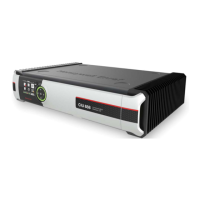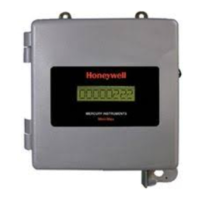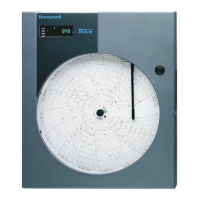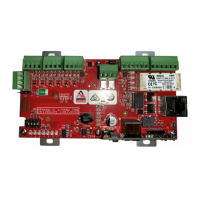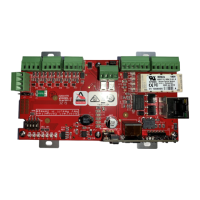CLIF-CBUSLC INTERFACE – INSTALLATION & COMMISSIONING INSTRUCTIONS
EN1Z-1026GE51 R0417 20
EFFECT OF POLL RATE + SUBSCRIBED POINTS ON CPU LOAD
The poll rate set for the CLIF-CBUSLC and the chosen number of subscribed datapoints both make a demand on the CPU load.
The following recommendations are therefore applicable.
C-Bus-Related Size Recommendations
Table 14. Recommended application sizes per controller and per project
Operating System: WIN xx 32-bit Operating System: WIN xx 64-bit
No. of controllers
9…13 LION controllers 15…17 LION controllers
15…17 PANTHER / TIGER controllers 15…17 PANTHER / TIGER controllers
No. of datapoints
Max. 381 per LION controller Max. 381 per LION controller
Max. 381 per PANTHER / TIGER controller Max. 381 per PANTHER / TIGER controller
No. of datapoints per
project
4953 5715
No. of I/O modules per
LION controller
Max. 16 (We recommend using only Panel Bus
I/O modules since they do not count as
L
ONWORKS devices.)
As many 25 I/O modules (combination of Panel
Bus I/O modules and L
ONWORKS I/O modules)
are possible, but with some risk.
Max. 16 (We recommend using only Panel Bus
I/O modules since they do not count as
L
ONWORKS devices.)
As many 25 I/O modules (combination of Panel
Bus I/O modules and L
ONWORKS I/O modules)
are possible, but with some risk.
No. of time programs per
controller
up to ≤ 64
Max. 64
As many as 100 time programs per controller are
possible, but with some risk.
Table 15. Recommended limits for CLIF-CBUSLC and C-Bus communication
No. of C-Bus devices
engineered with…
No. of data-
points
No. of NVs
Update rate (data-
points per min.)*
COACH CARE
Virtual C-Bus (i.e.,
C-Bus via LONWORKS)
local sys.
15 29 10,000 10,000 500
remote sys.
15 29 10,000 10,000 250
Physical C-Bus systems
9,600 bps
15 29 10,000 -- 500
76,800 bps
15 29 10,000 -- 1,000
* This corresponds mainly to the no. of datapoints in trend if these datapoints do not update faster than once per minute. In the
case of physical C-Bus systems, the update rate of each datapoint can be influenced by the user (i.e., by changing the attribute
"trend hysteresis").
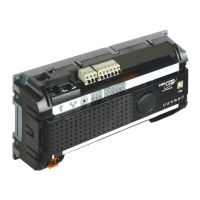
